SEO
A sitemap can help, but promoting your site is more important.
Google offers a URL inspection tool to show how their crawlers digest your page.
Parts of the URLs in your site can be displayed in search results as "breadcrumbs", so it's helpful to organize your site using descriptive URL components. For example,
https://www.mysite.com/circus/clowns.htmlis preferable to
https://www.mysite.com/8/n8asj37fjBy grouping similar pages together in directories, the crawler can (over time) learn which directories are likely to change more often, and will crawl them more frequently in response.
Showing the same content under different URLs is called duplicate content, and is good to avoid. Search engines choose a single URL, the canonical URL to show users for each piece of content. You can even specify a canonical version for your pages explicitly with redirects, setting the rel attribute to "canonical" on <link> tags, or a sitemap. Generally, just try to make sure each piece of information on your site is only accessible through one URL.
Making your site's content compelling and useful is paramount.
- Make sure writing is well-written and free of spelling and grammatical errors. Break long content into paragraphs and sections with headings to help users navigate.
- Make unique content, that isn't just a re-hash of other's content (lol).
- Keep content up to date, deleting and revising as necessary.
Writing content keeping users' search terms in mind is also a good idea.
Don't include too many distracting ads.
Link to relevant resources. Make sure the text in your anchor tags is well-written and makes sense, so uses clicking on your link understand what they are navigating to before they click. When linking to untrusted content add a rel="nofollow" attribute so Google doesn't associate your site with the untrusted one (always do this for user-uploaded links).
Influence presentation in Google Search results
The title link is the big, bold link text at the top of a Google Search result. The text of the title link usually comes from the <title> tag and / or other headings in the page. A good title is unique to your site, concise, and accurately describes the content of your site. Name of website or company, location or other small tidbits of helpful information.
Below the title link is a text description of the target page called the snippet, which is taken from actual content on the page, or a <meta> tag that succinctly describes the page and includes it's most relevant points.
Images
Place images next to relevant text. Writing good alt text is very important.
If you embed your videos in standalone pages with relevant text nearby, your video may show up in Google Search video results.
Promote your site! Word of mouth is best.
